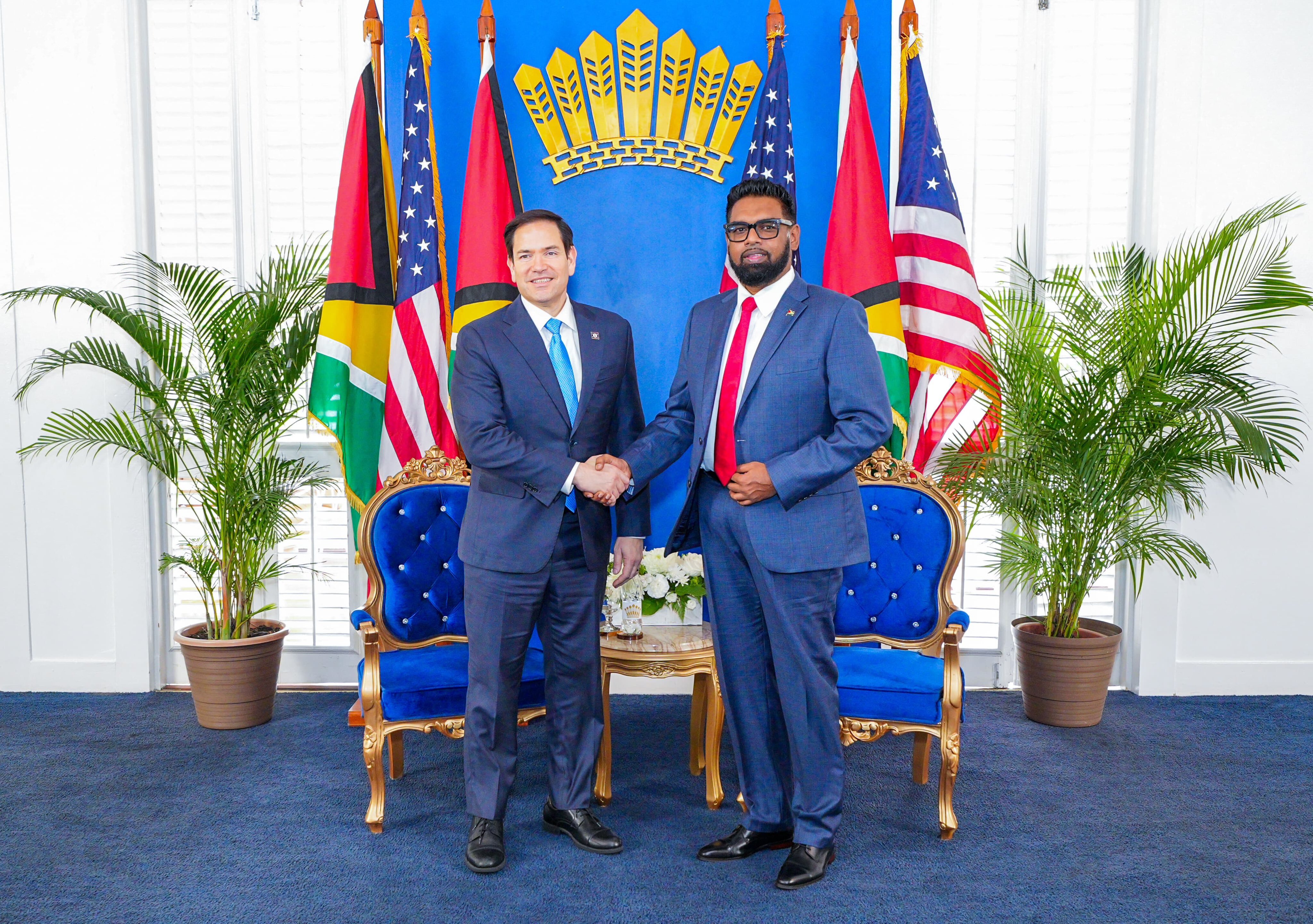Peru: Smart Energy Management
Peru: Smart Energy Management
Between a new natural gas find and an attractive investment climate, prospects are bright for Peru's energy sector.
Petrobras’s November 2009 discovery of natural gas in Peru is good news for a country that has seen a dramatic change in its energy mix since Camisea began producing natural gas in 2004. If commercially viable, the new find could increase Peru’s reserves by as much as one third. Smart management of its energy resources has resulted in cheaper fuel for its booming economy and made Peru a model for other countries in the hemisphere. With Liquefied Natural (LNG) Gas exports beginning next year, Peru is also poised to become a supplier of cleaner fuel to countries that seek to reduce their emissions.
The AS/COA Energy Action Group recently held a meeting with high-level public and private sector representatives in Lima to discuss Peru’s energy profile. Peru isn’t the only country in South America with substantial natural gas reserves, or even the one with the most reserves, but Peru has an advantage over some of its neighbors: its attractive investment climate.
In the late 1980s, Peru’s national oil company Petroperu was losing money. Reserves and production were in decline, and oil and gas investments were dismally low. With the passage of the hydrocarbon law of 1993, Lima sought to turn this situation around. The new law ended Petroperu’s monopoly, made contract terms more attractive to private companies, and set prices in line with the market. The changes to the oil and gas sector were part of the beginning of steady reforms to the economy, including an opening to international trade and the welcoming of foreign investors.
Today, Peru relies more and more on natural gas to fuel its economy, reducing the need to import more costly diesel. While natural gas has benefited Peru domestically as a cheaper and cleaner source of electricity, Peru is also on its way to becoming a net energy exporter, with LNG exports scheduled to start next year. As countries seek to mitigate global climate change, Peru is well-positioned to provide a cleaner fuel to the region and the world.
Peru has also made strides in other areas of energy management, improving protection of the environment and the interests of indigenous groups. The hydrocarbon reforms in the early 1990s were accompanied by the creation of a stronger environmental framework for exploration and production. In 2008, Peru established the Ministry of the Environment. Lima recognized the rights and culture of indigenous groups in its 1993 Constitution, and in 1994 ratified Convention 169 of the International Labour Organization, which requires the government to consult with indigenous peoples on matters that may affect them.
But policy doesn’t always equal practice. In 2008, President Alan García enacted a series of decrees allowing for the sale of indigenous land if approved by majority vote in community assembly. Indigenous groups weren’t consulted about the changes, which made it easier for private investors to develop indigenous land in the Amazon. In June of this year, protests against the decrees turned violent and left over 30 dead. In response, the Peruvian Congress repealed two of the decrees and the government set up a working group to formally consult with indigenous communities.
While Peru must do more to preserve its environmental resources and protect the rights of its indigenous populations, it has certainly come a long way from the Petroperu monopoly and declining oil and gas reserves of the 1980s. Peru’s future is bright. This month’s natural gas discovery only makes it brighter.
Nicole Spencer is director of energy policy at the Council of the Americas.








